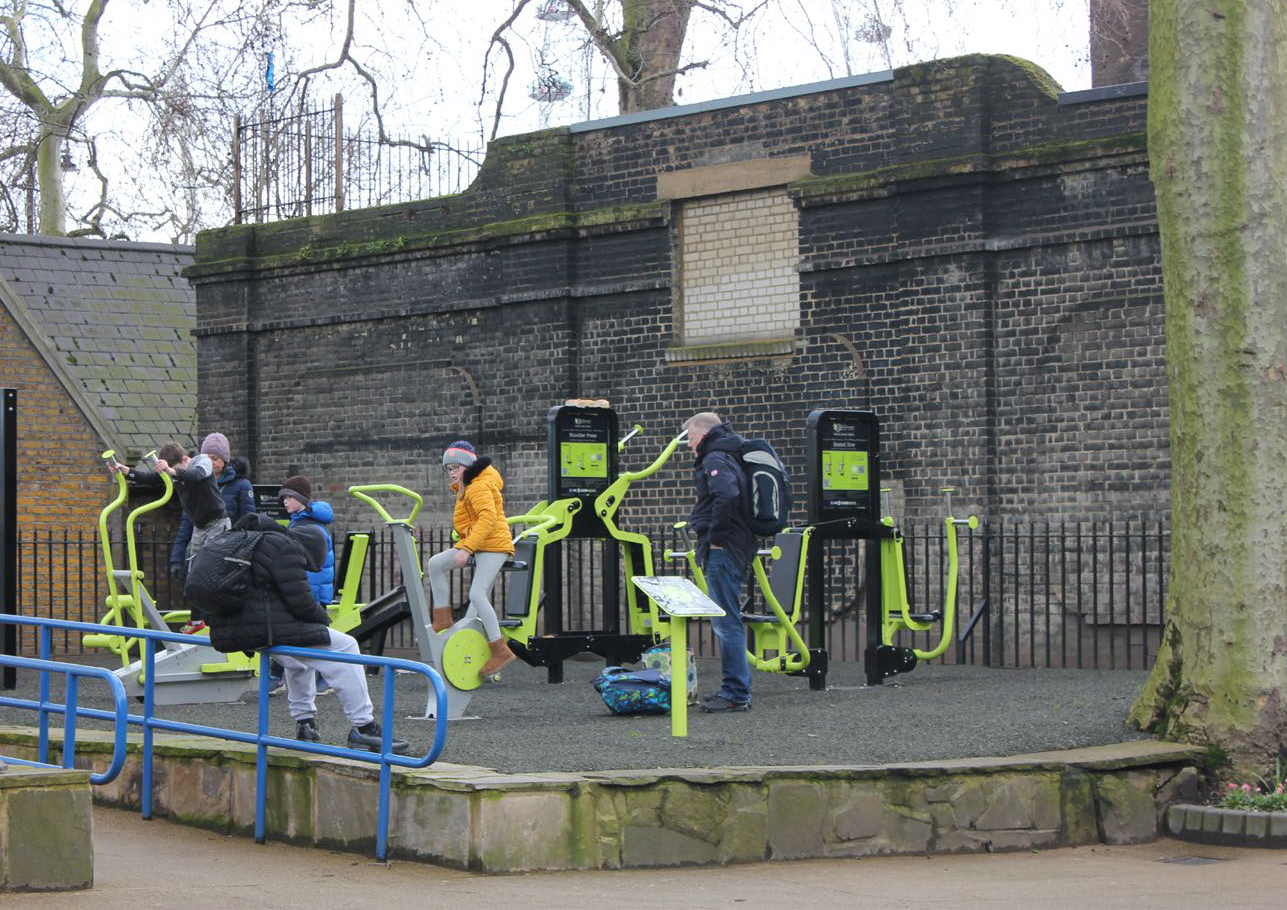References
Gehl, Jan. 1971. Life Between Buildings: Using Public Space. 1st ed. Copenhagen: Arkitektens Forlag.
Taylor, Lucy, and Dieter Hochuli. 2017. “Defining greenspace: Multiple uses across multiple disciplines.” Landscape and Urban Planning 158 (1): 25-38. https://www.sciencedirect.com/science/article/pii/S0169204616302146?via%3Dihub.
Caird, Sally, Stephen Hallett. 2019. “Towards evaluation design for smart city development.” Journal of Urban Design 24 (2): 188-209. https://www.tandfonline.com/doi/full/10.1080/13574809.2018.1469402.
Arvanitidis, Paschalis, Therese Kenna, and Gabriela Maksymiuk. 2019. “Public Space Engagement and ICT Usage by University Students: An Exploratory Study in Three Countries.” In CyberParks – The Interface Between People, Places and Technology, 1st ed. Edited by Carlos Smaniotto Costa, Ina Šuklje Erjavec, Therese Kenna, Michiel de Lange, Konstantinos Ioannidis, Gabriela Maksymiuk and Martijn de Waal, 87-108. Cham: Springer.
Joss, Simon, Frans Sengers, Daan Schraven, Federico Caprotti, and Youri Dayot. 2019. “The Smart City as Global Discourse: Storylines and Critical Junctures across 27 Cities.” Journal of Urban Technology 26 (1): 3-34. https://www.tandfonline.com/doi/full/10.1080/10630732.2018.1558387.
Zvolska, Lucie, Lehner, Matthias, Voytenko Palgan, Yuliya, Mont, Oksana, and Plepys, Andrius. 2019. “Urban sharing in smart cities: the cases of Berlin and London.” Local Environment 24 (7): 628-645. https://www.tandfonline.com/doi/full/10.1080/13549839.2018.1463978.
IESE (Instituto de Estudios Superiores de la Empresa Busness School). 2019. IESE Cities In Motion Index of 2019. https://media.iese.edu/research/pdfs/ST-0509-E.pdf.
Munford, Monty. 2015. “London leads the way in the global growth of ‘smart cities.’” The Telegraph, November 28, 2015. https://www.telegraph.co.uk/technology/news/12021675/London-leads-the-way-in-the-global-growth-of-smart-cities.html.
Sanchez-Corcuera, Ruben, Adrian Nunez-Marcos, Jesus Sesma-Solance, Aritz Bilbao-Jayo, Ruben Mulero, Unai Zulaika, Gorka Azkune, and Aitor Almeida. 2019. “Smart cities survey: Technologies, application domains and challenges for the cities of the future.” International Journal of Distributed Sensor Networks 15 (6): 1-36.



